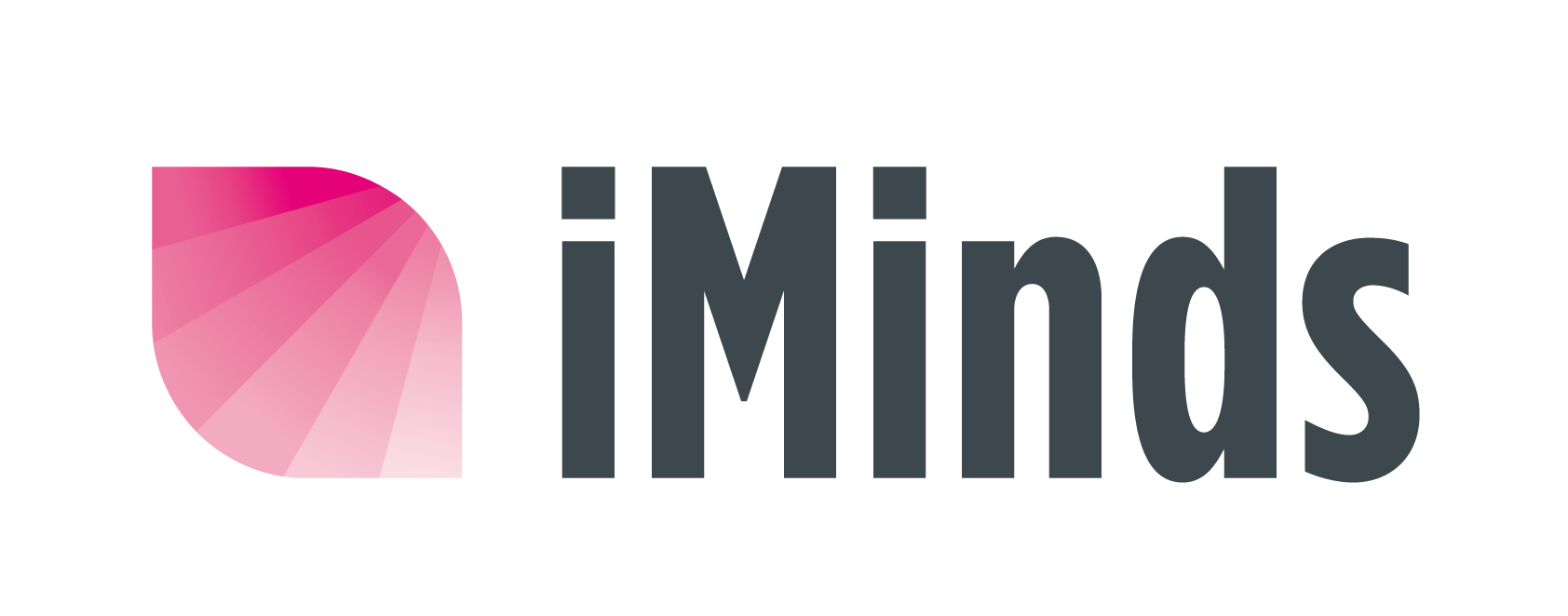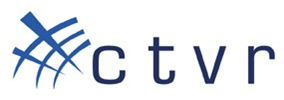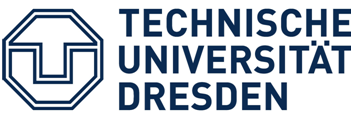LTE/LTE advanced testbed
Short testbed description
Dresden’s LTE/LTE+ like testbed was set up in 2008 as part of the Easy-C project (www.easy-c.com).
The signal processing hardware includes Sorbas602 eNodeB Simulators, Sorbas202 Test UEs and Sorbas472 Radio Units, all supplied by Signalion (www.signalion.com). The eNBs and UEs are connected through IF interconnects with the radio unit frontend, which supports up to two Tx and two Rx channels for MIMO capability. The testbed operates in EUTRAN band VII (DL @ 2670-2690 MHz / UL @ 2550-2570 MHz) as well as near band I (DL @ 1980-2000 MHz / UL @ 2170-2190 MHz) with fixed bandwidth of 20 MHz and in FDD mode.
For the CREW project, two experimentation setups are available.
The indoor lab features 5 eNBs and 4 UEs. While the hardware is stationary itself, the Tx and Rx antennas can be positioned anywhere in the lab room. Further, 4 additional UEs are mounted on studio racks / carts and can be moved within the building. The approximate transmit power is 15 dBm.
The outdoor lab consists of two base station sectors that are fixed on two opposing corners of the faculty building (Figure 4), approx. 150 m apart. In addition to the mobile indoor UEs from setup 1, 3 rickshaw UEs are available for outdoor experiments in the vicinity of the building. The transmit power is approximately 30 dBm.
Example experiments
Various kinds of cognitive radio experiments are thinkable.
Example experiment that requires a secondary system: Coexistence of a primary and a secondary system in licensed frequency bands.
Example experiment that requires a spectrum sensing device: Reliable detection of white spaces in an LTE system with typical user traffic.
Access information
Experiments in the indoor lab require physical access. Outdoor eNB sites can be accessed via Remote Desktop from within our institute's network. For remote sessions from outside the institute's network, VPN certificates have to be prepared. Please contact us directly at  . UEs cannot be accessed remotely.
. UEs cannot be accessed remotely.









